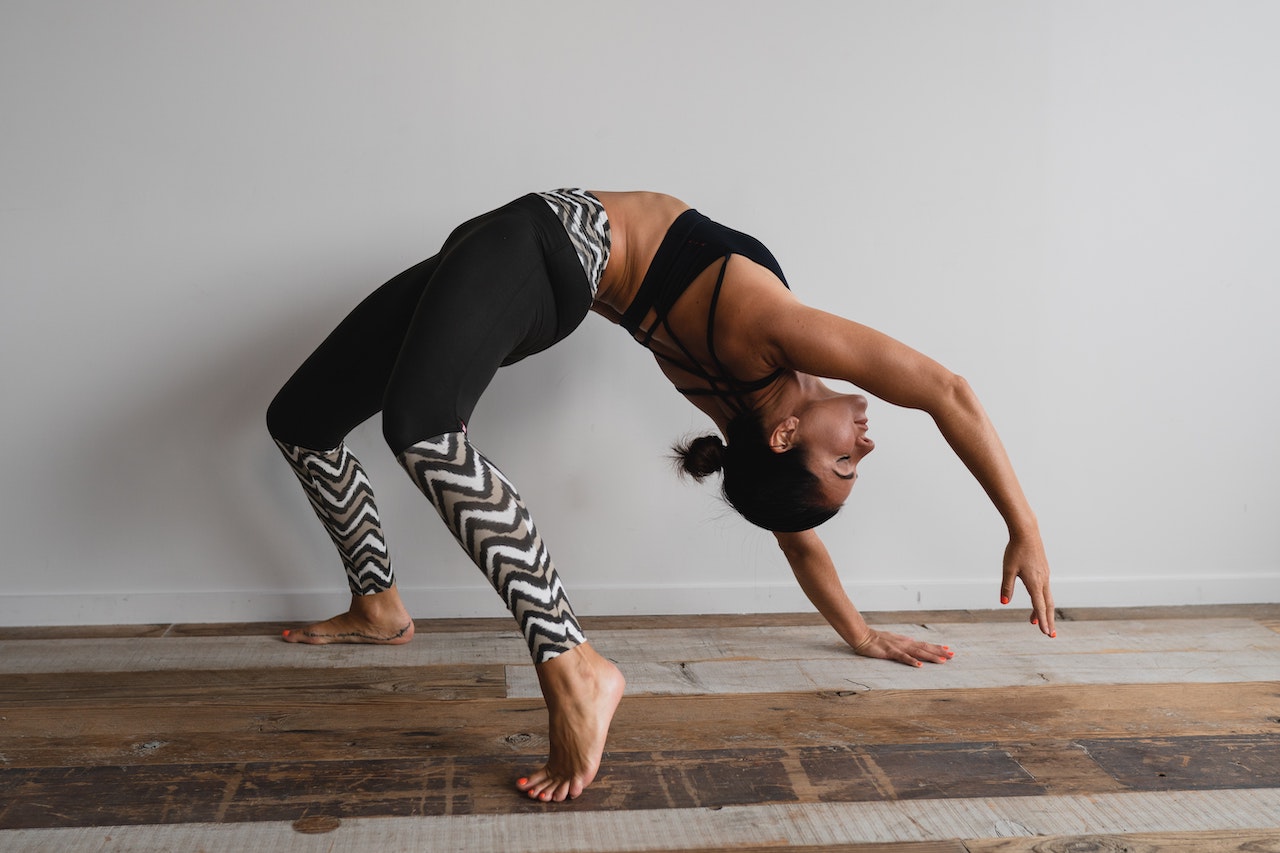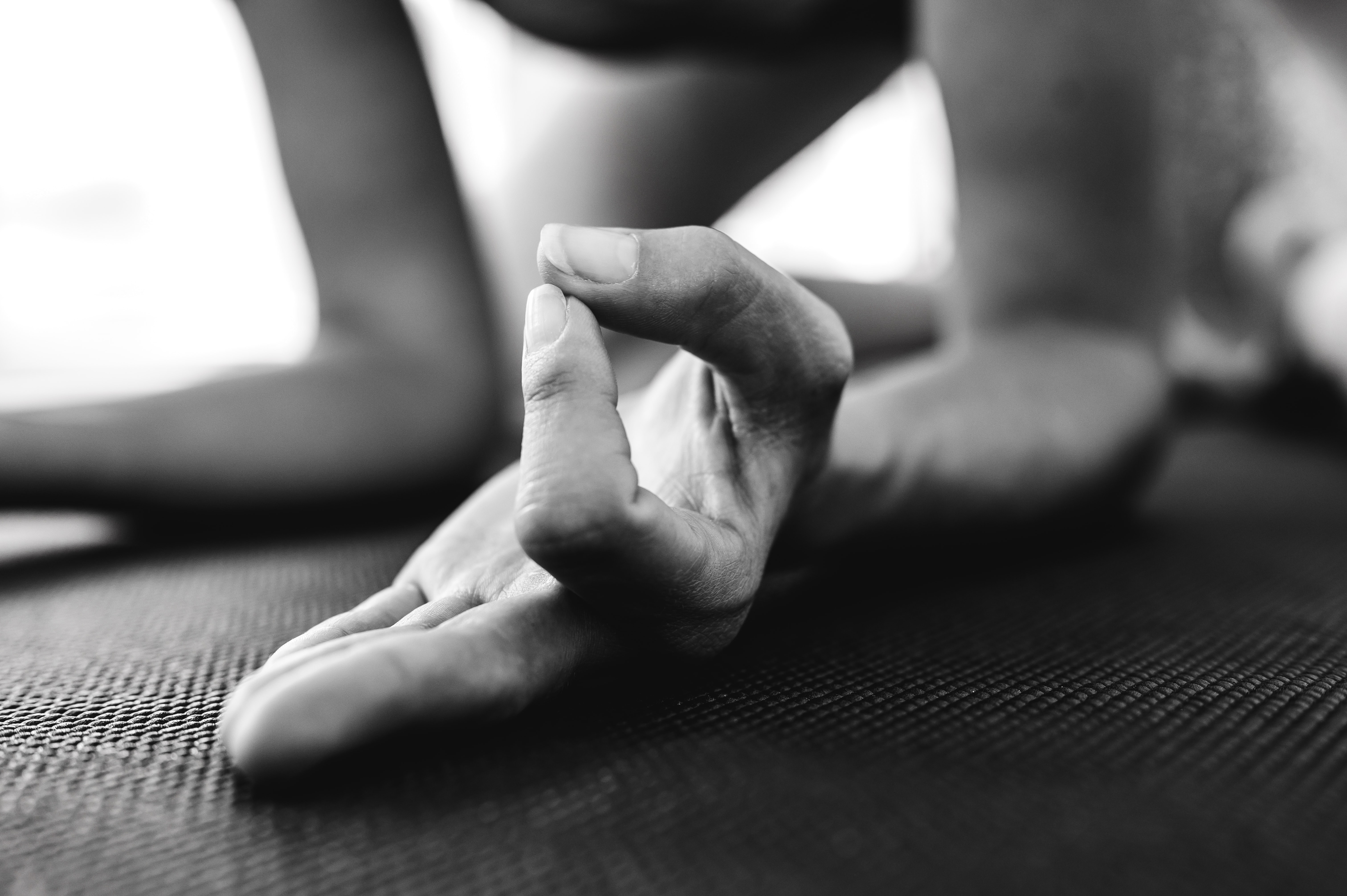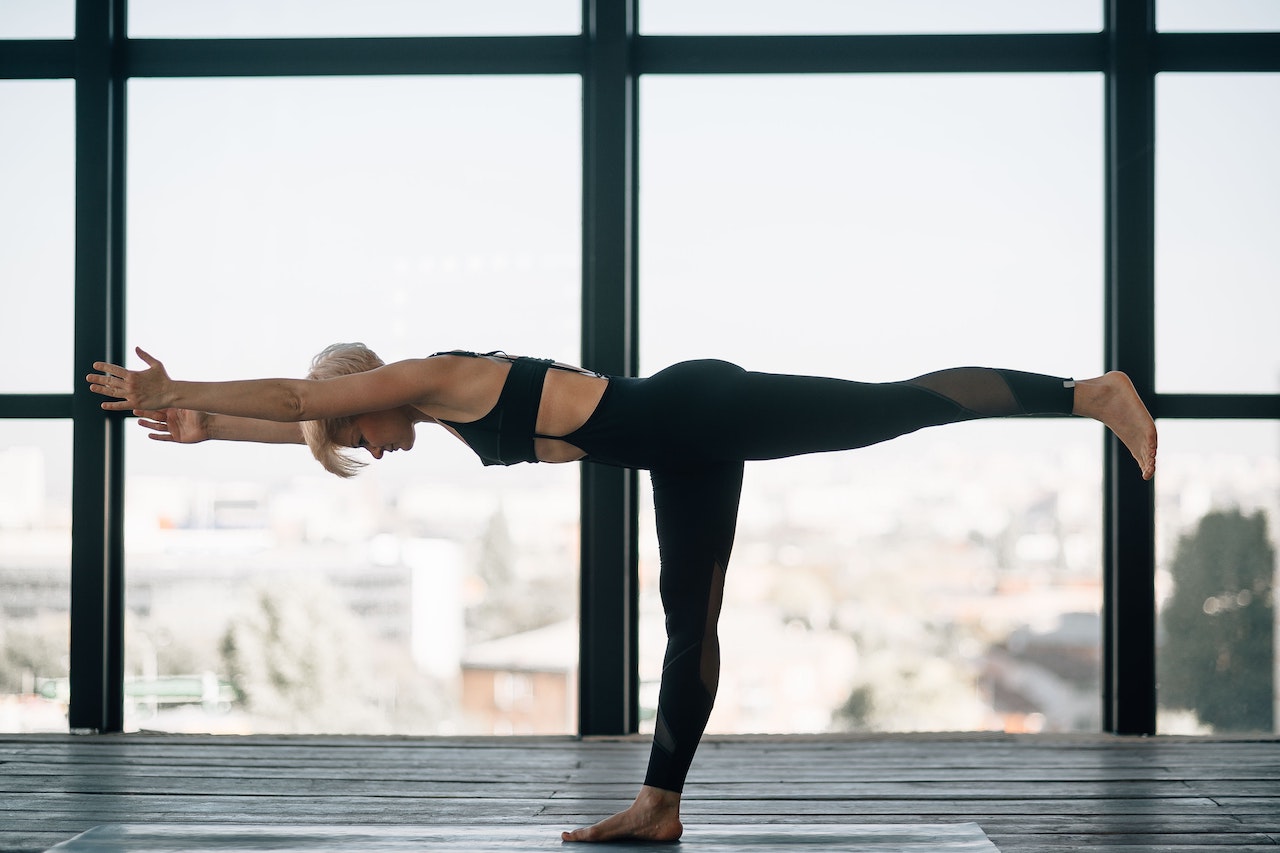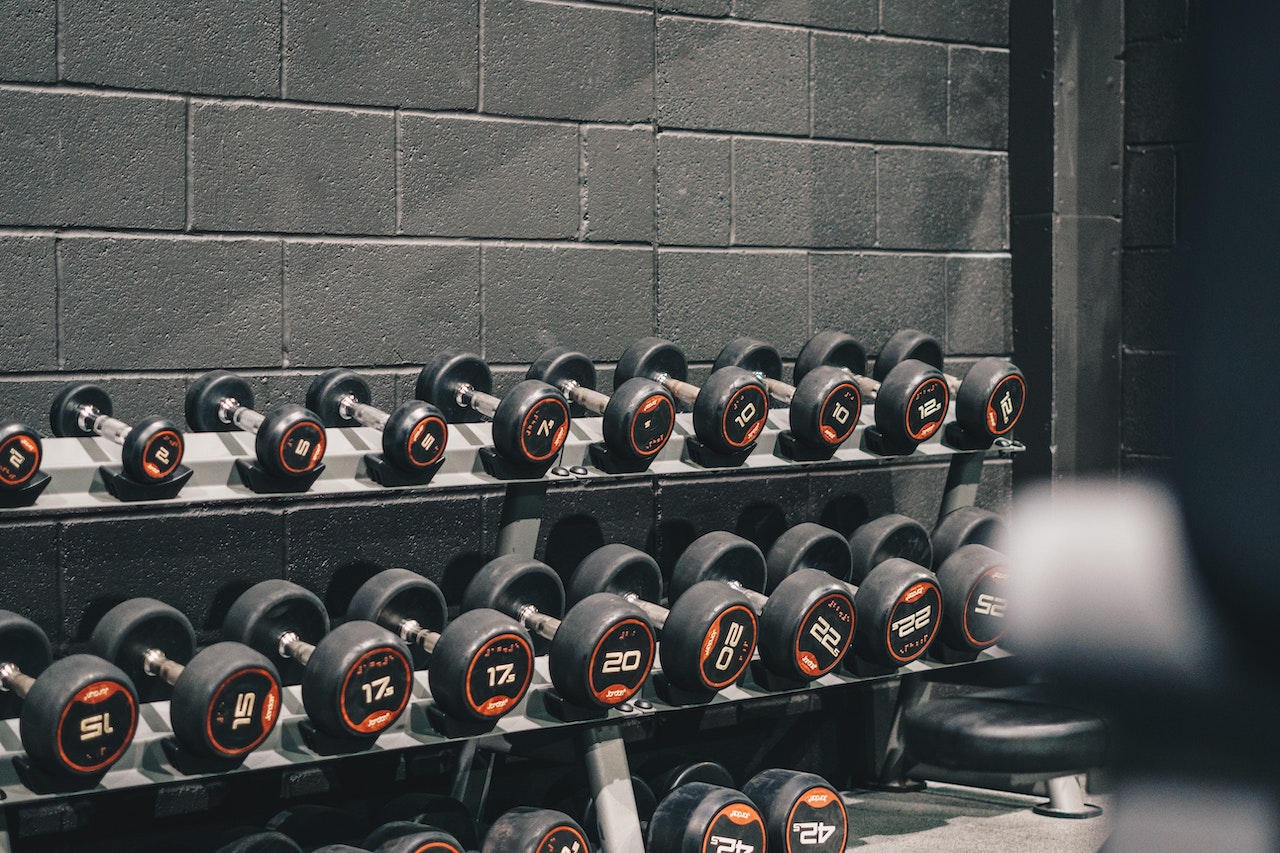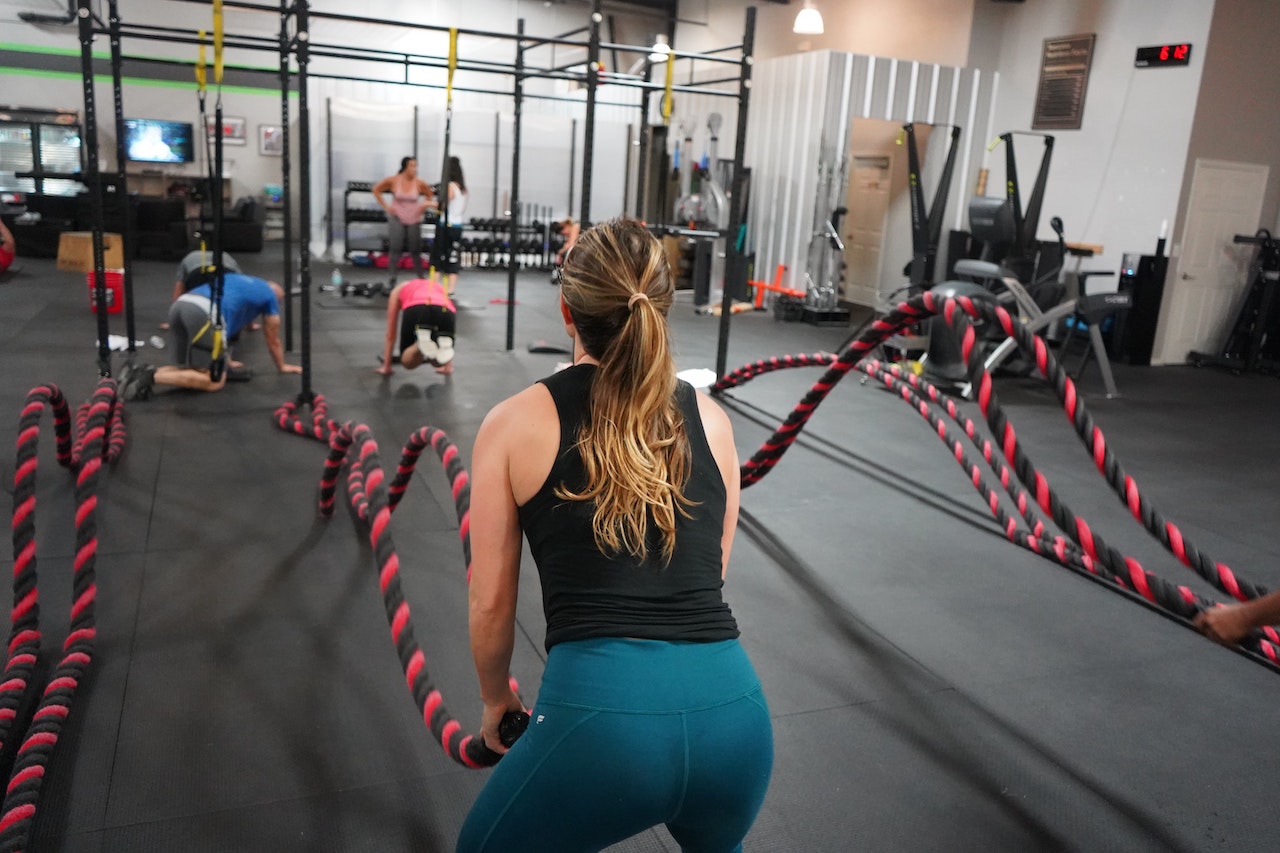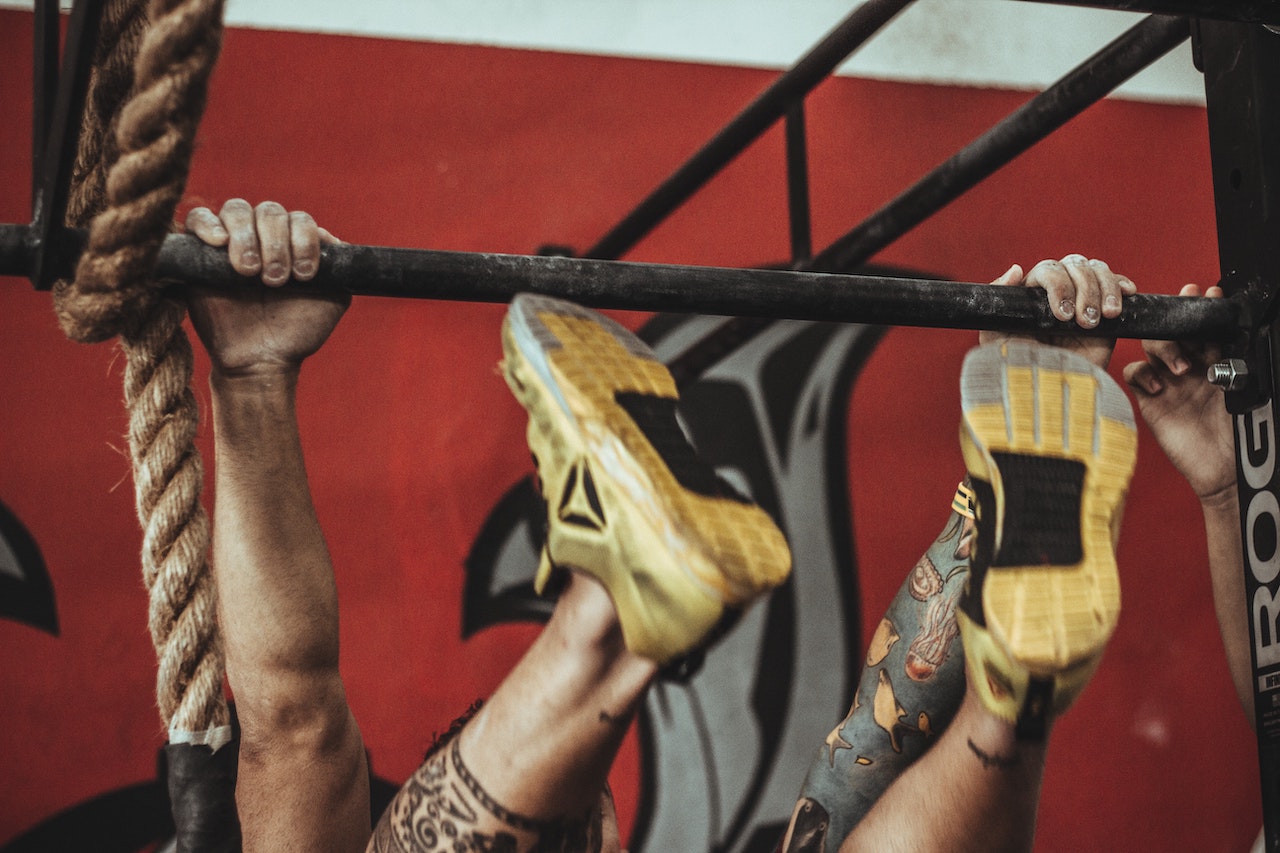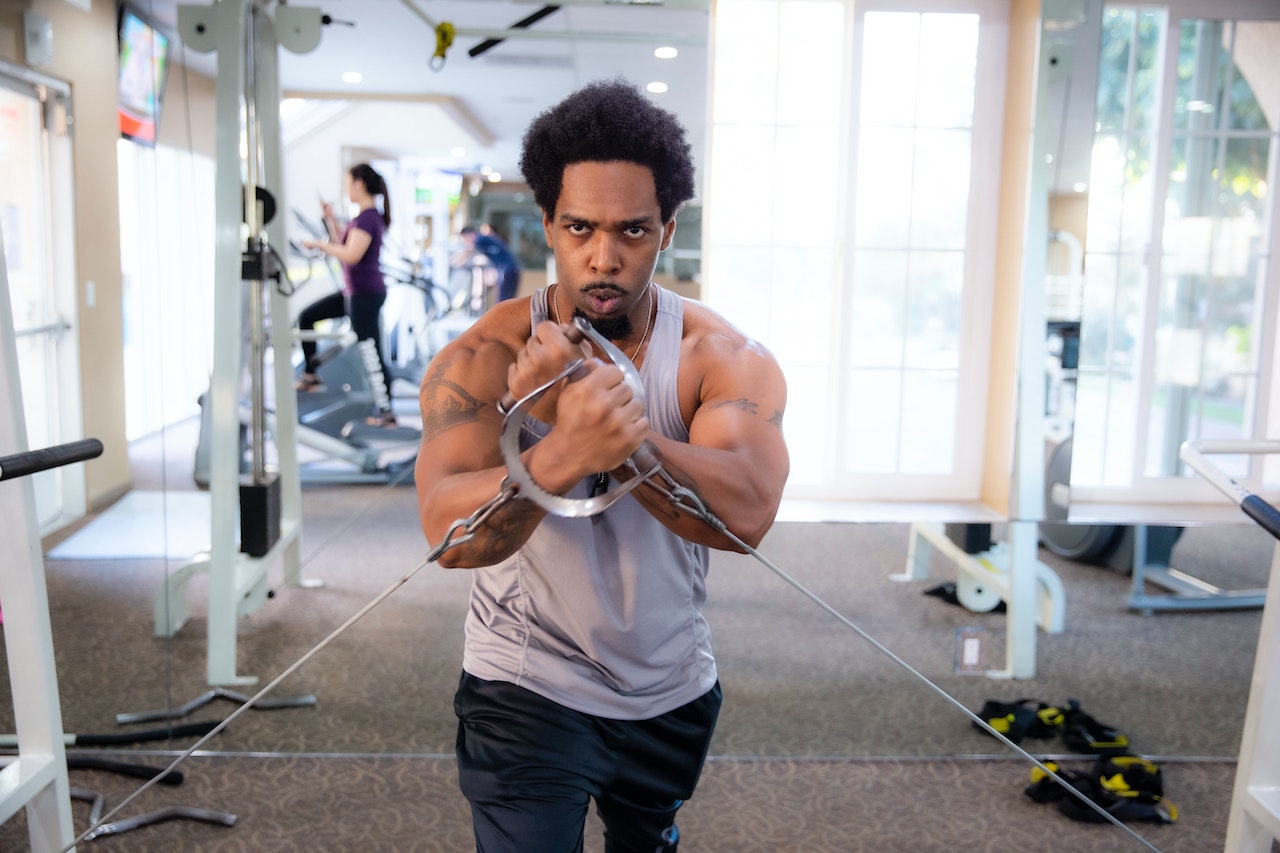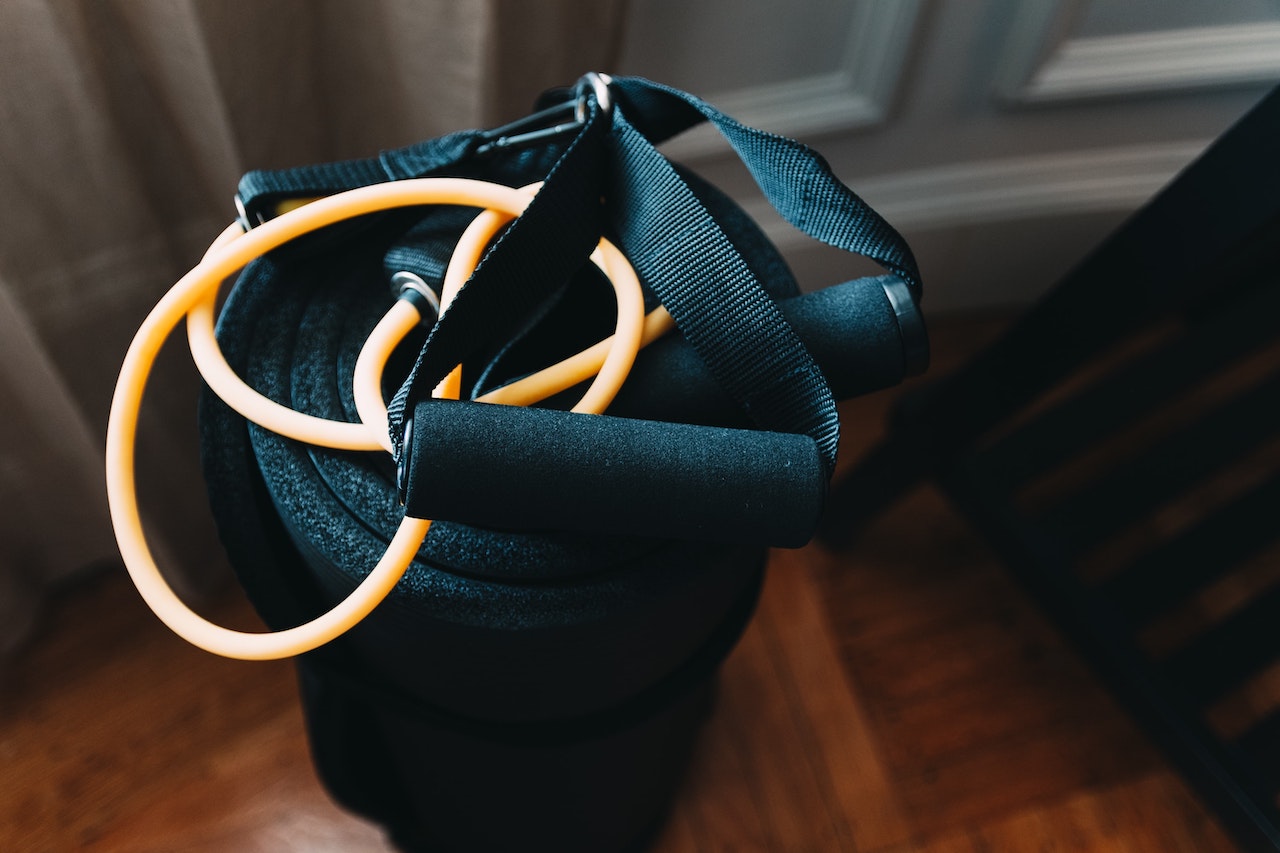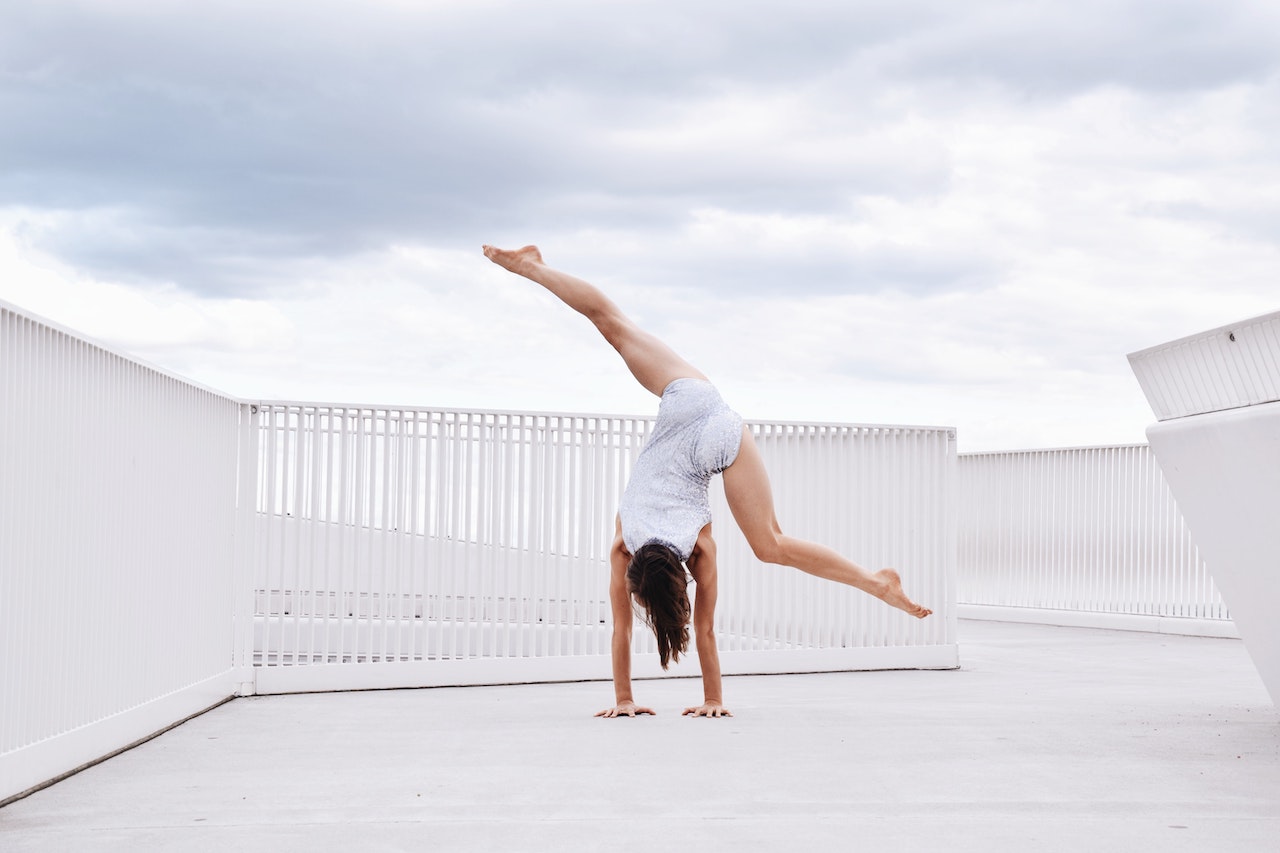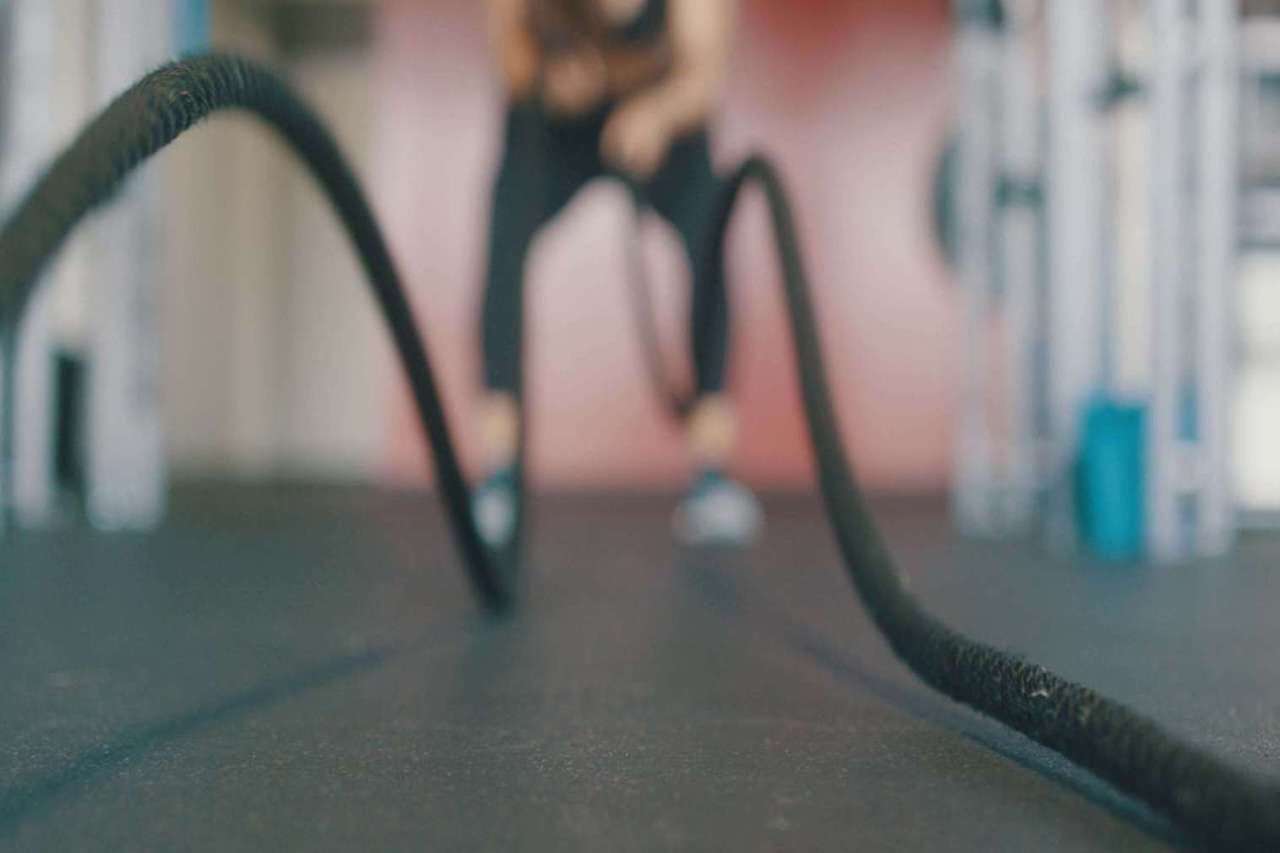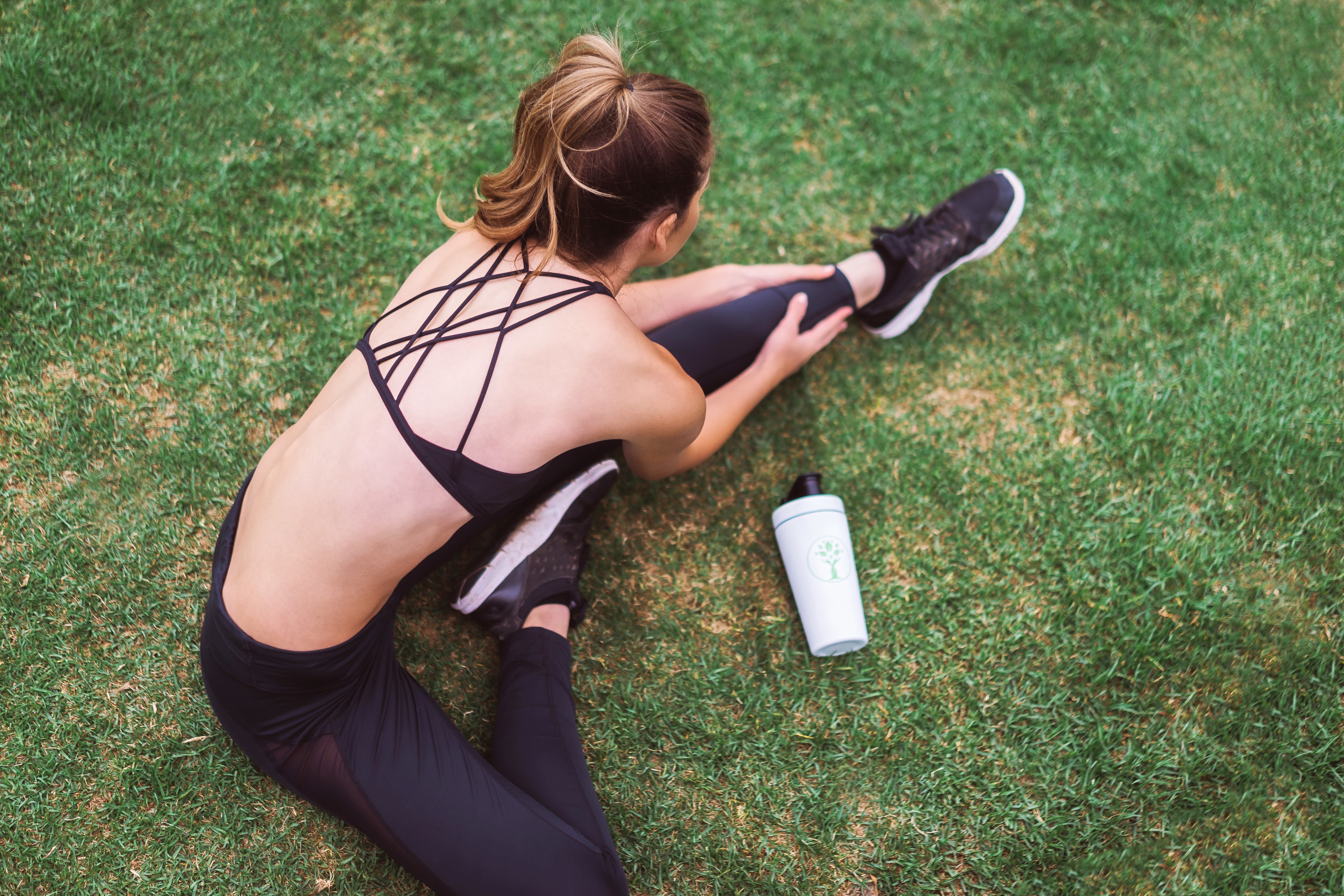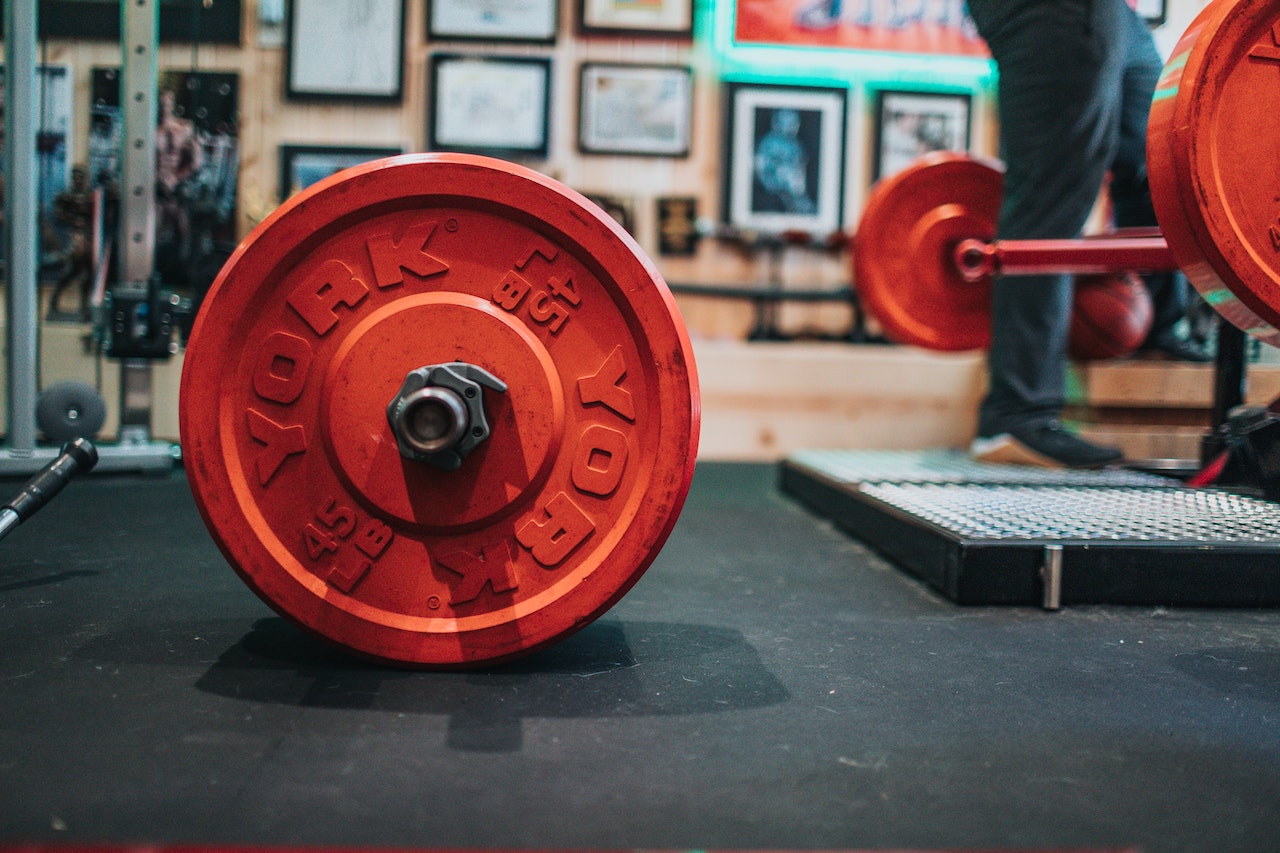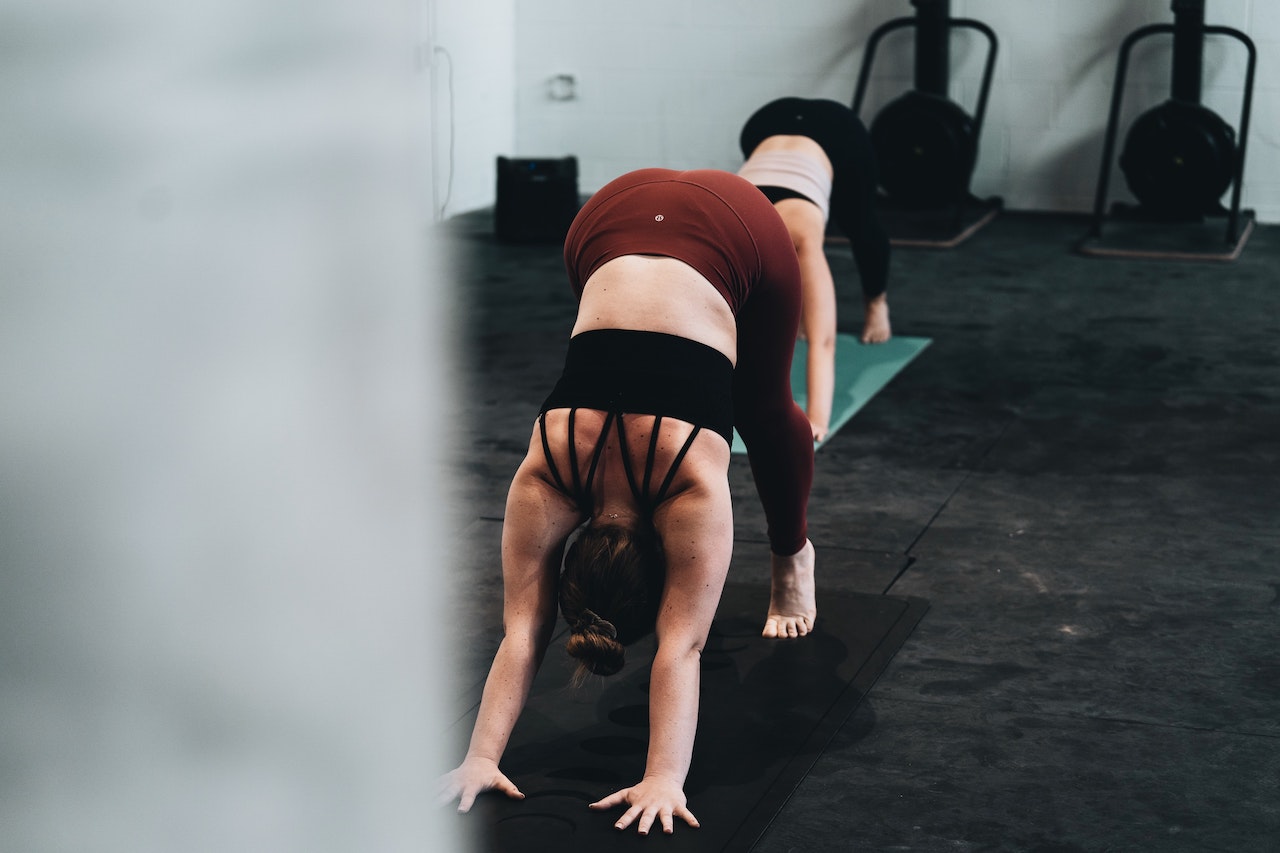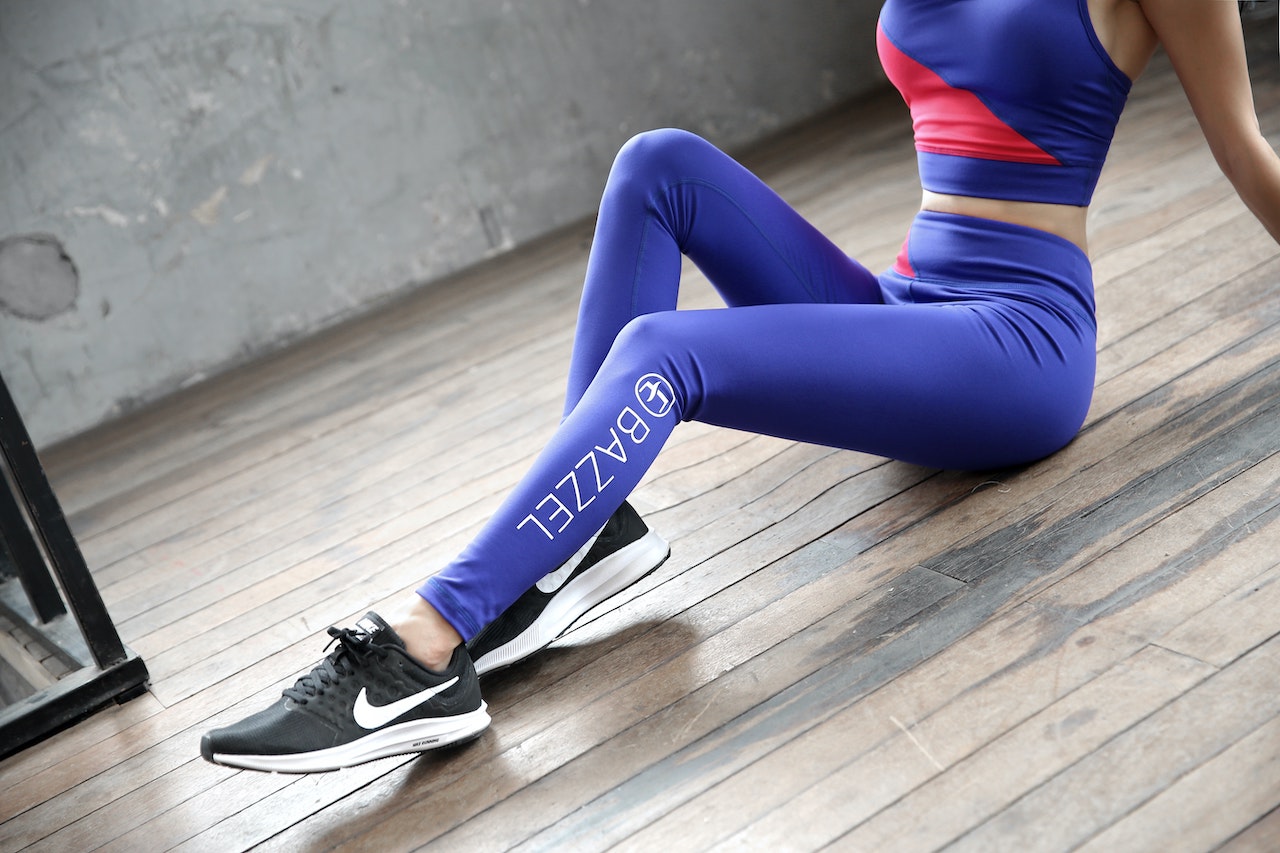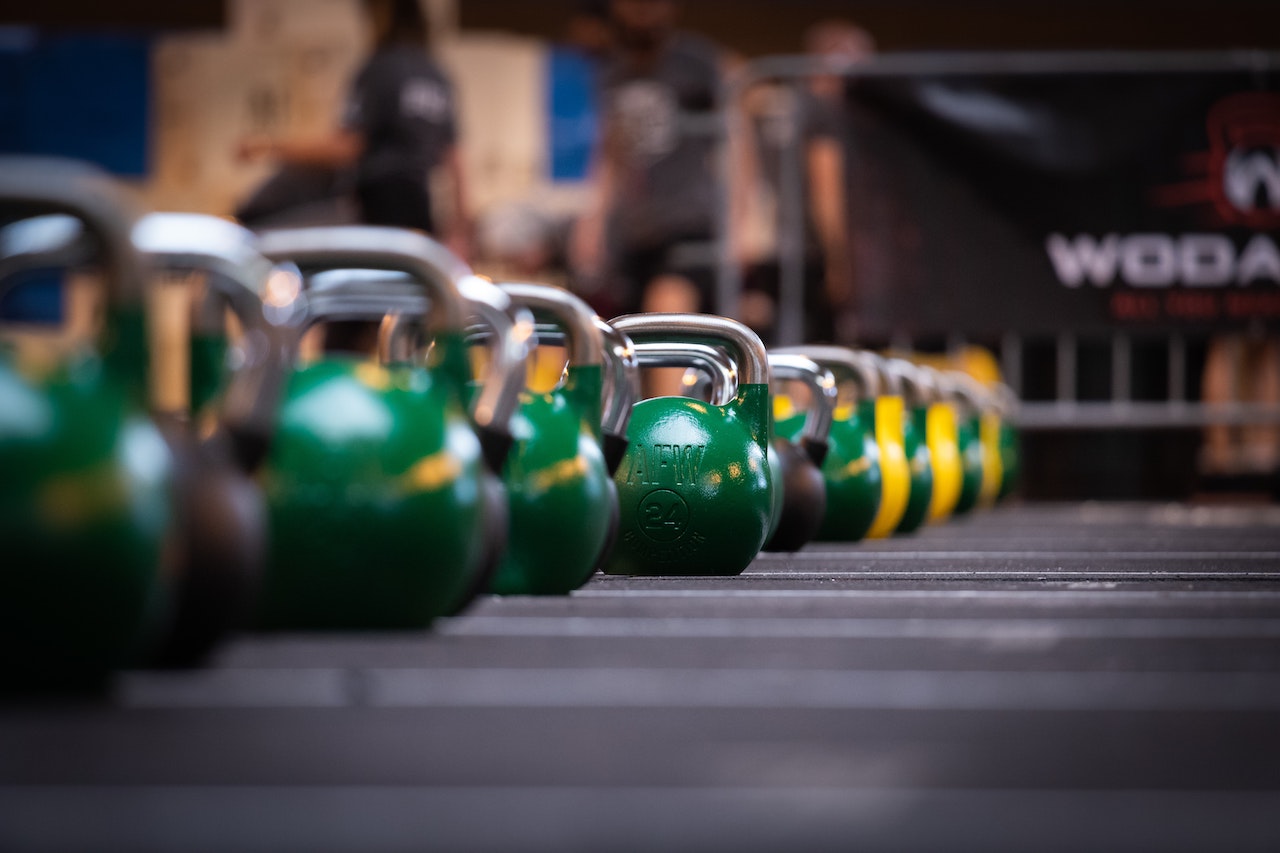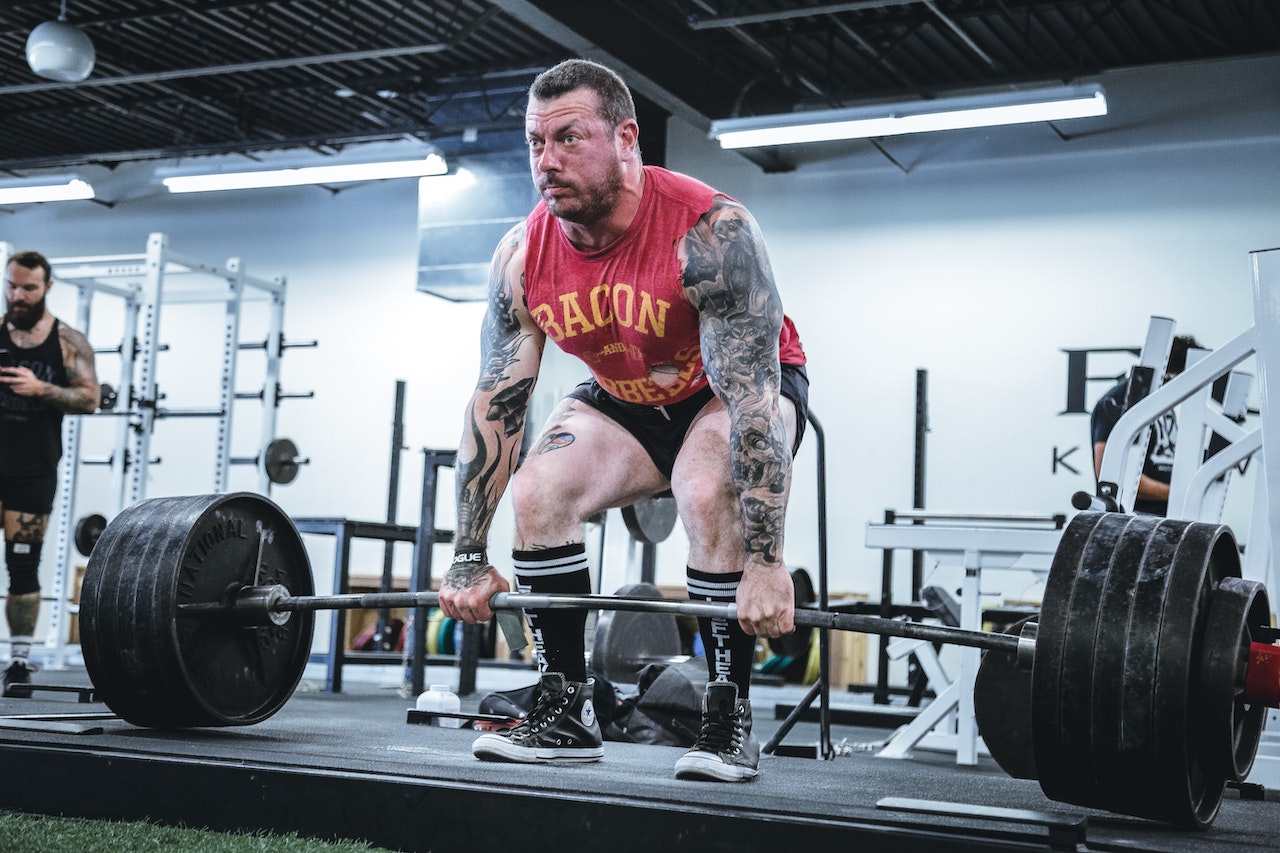These multi-tasking exercise styles are known as compound movements or compound exercises. Find out why they make you a more efficient athlete and then add this list of compound movements to your training plan as soon as possible.
There is nothing more frustrating than working out hard in the gym day in and day out, but you don't feel like you are seeing results. The point is, to really see (and feel) a significant change, you have to be 'smarter' and more focused on your training.
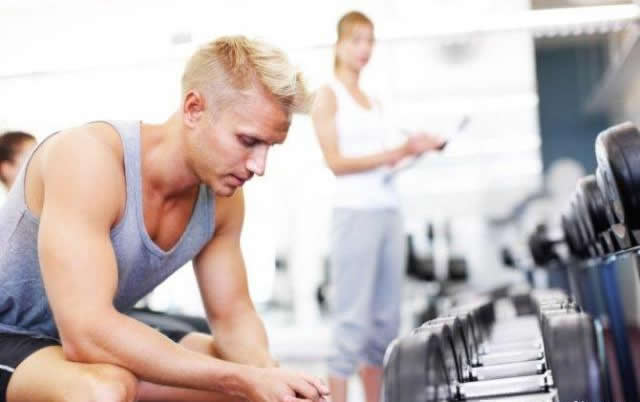
Compound movements not only make you more efficient in the limited time you have to work out, they also help you get stronger and healthier in less time. Why is this?
Then let's learn all about compound movements, including a list of the best compound movements and how to add them to your workout.
What are compound movements?

In order to understand compound movements, you need to understand the difference between compound movements and isolation movements.
A compound movement is one that uses multiple muscle groups throughout the workout and requires multiple joints to complete.
For example, in a deep squat, your legs and core move as you move your hips, knees and ankles down to a seated-like position and then stand up again.
Isolated movements, on the other hand, use only one muscle group and only one joint movement is required for you to complete a movement.
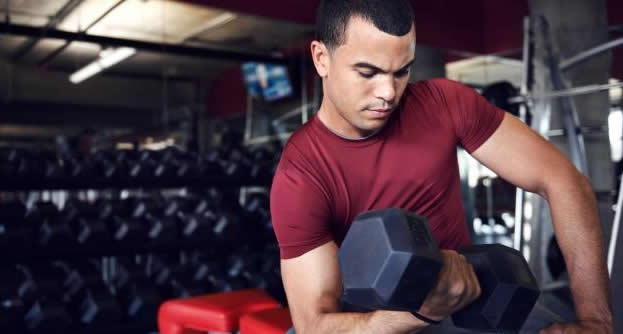
A typical example:Bicep flexion. You contract your biceps to move your elbow joint and curl the dumbbell, but no other joint is involved in the movement (under the standard movement).
Benefits of the compound movement
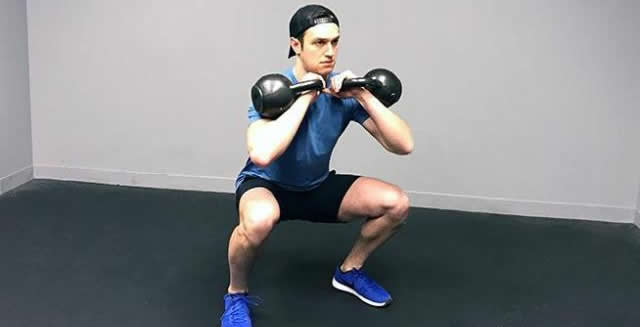
Isolation movements are great if you want to hone in on a muscle group, whether it's because you want to avoid using an injured muscle or you specifically want to grow a certain muscle group. However, compound movements are definitely an improver of your training and overall health.
When you use multiple muscle groups at the same time to perform a compound movement, you will produce greater functional strength, greater absolute strength and greater rewards in the gym.
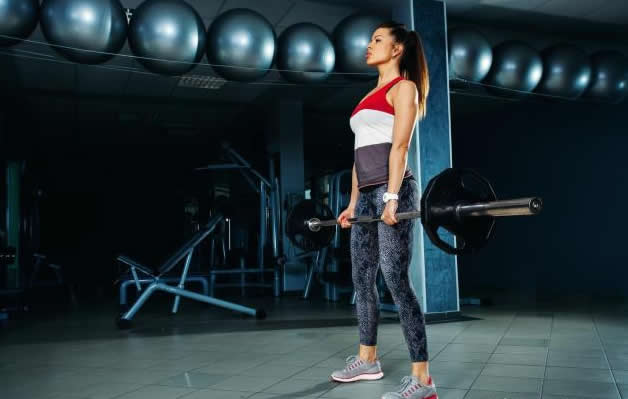
In fact, one study, comparing people who used compound and isolation movements during 8 weeks of otherwise equivalent workouts, found that those who focused on compound movements made greater progress in both strength and maximal oxygen uptake.
In the short term, using multiple muscle groups requires a lot of energy to be expended from your body, which means you burn more calories. In the long term, these improvements in functional strength, absolute strength, mean that not only do you perform better in the gym, but you can also handle much of your daily routine with greater ease.
More complex movements require better control of multiple muscle groups and the joints they act upon. This coordination and control translates into other movements that help you to be stronger and more balanced in the world. (these strength movements will also help you avoid common muscle imbalances.)
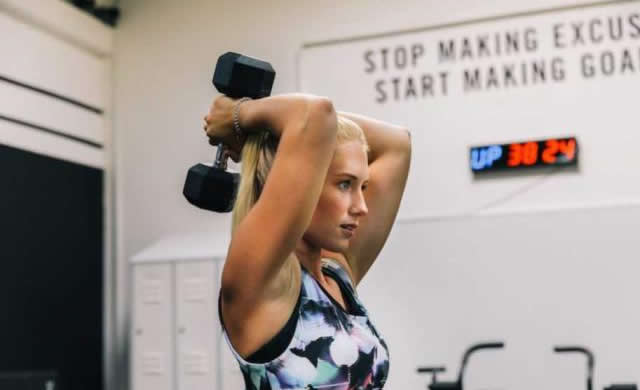
There's an added bonus: As compound movements require more muscles to contract, they create more resistance as the heart pumps blood, which ultimately enhances heart function. After all, your heart is a muscle too.
On a purely practical level, because compound movements work more muscles at once, you can string several movements together to form a complete body workout, (a full body burn from isolation movements alone would take twice as long.) so if you're pressed for time but still want to get as much out of your workout as possible, compound movements can get you there.
Are there any disadvantages to compound movements?
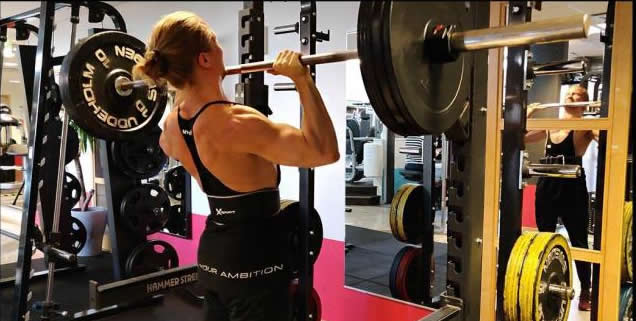
While there aren't many negatives to burning more calories, getting stronger faster and becoming a well-rounded, stronger person, there is one thing that newcomers to the gym should keep in mind.
Compound movements are usually more technically advanced. By their very nature, they require more skill to maintain proper movement, especially if you start to feel fatigued or increase your weight.
Without proper motor control and awareness during compound movements, you increase your risk of injury. It's hard to do standard bicep curls when you're doing them, but doing an incorrect squat can put your body (aka: Lower back) in a very incorrect position, especially if you're using heavier weights. (this is why when you are at your most energetic) do compound movements first and then isolation movements.)
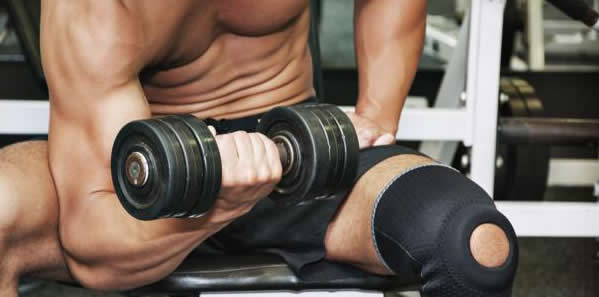
As with any fitness program, take it slow, easy and gradual as your strength and technique allow. It is definitely a good idea to have your movements checked by a professional trainer.
Common compound movements
If you want to maximise your energy and calorie burn in a short gym session, there are a few key compound movements that can help you build overall fitness.
Deep squats:
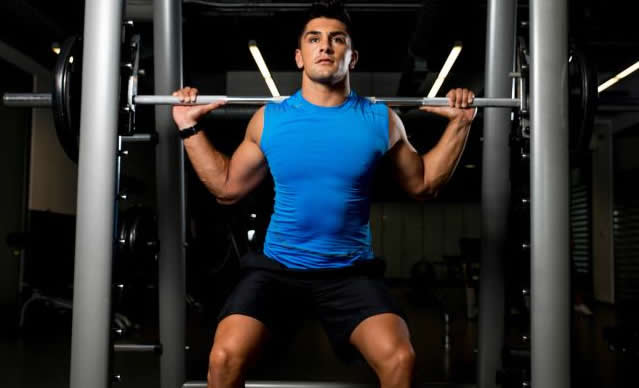
The deep squat involves your ankles, knees and hips, from your quads and hamstrings to your gluteus maximus and core muscles. This basic exercise will help you go from squatting to standing and you will use it in almost all exercises (even sitting on and off the couch).
Hard pull:
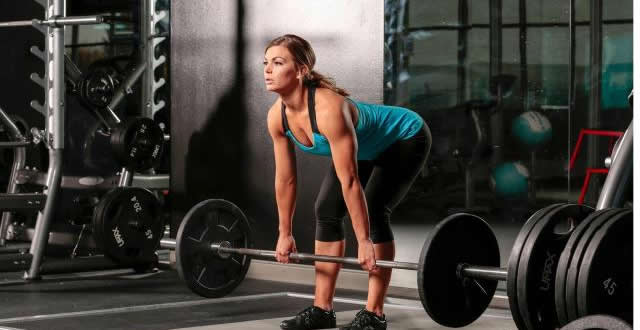
This is an important movement for the muscles at the back of your body, such as the hamstrings, gluteus maximus and posterior extensors. The hard pull includes your knees, hips and back and improves your ability to pick things up off the floor (and strengthens your grip).
Lunge:

A small number of lunge variations all require a stable core and strong, balanced legs as you bend your hips, knees and ankles, descending first towards the ground and then pushing upwards.
Shoulder thrusts.
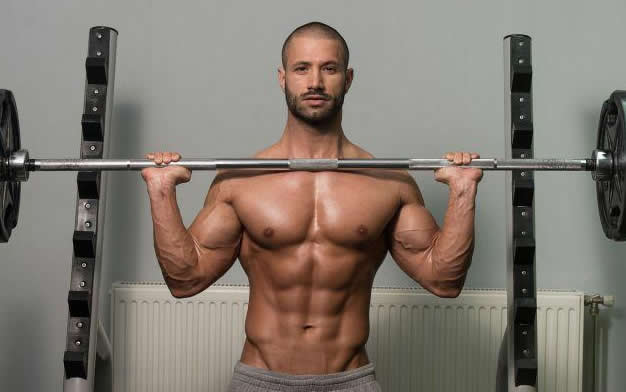
You may think that with overhead presses, only the muscles in your shoulders will be used, but your core muscles will burn to keep your torso stable, your chest and triceps will help you push the weight upwards, while your latissimus dorsi and biceps will help you lower the weight down for stability and keep the barbell on the rack.
Bench press.
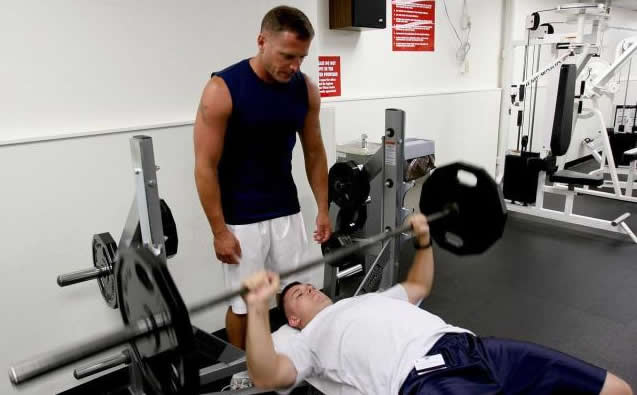
Mobilising almost all the muscles of your upper body (using all the joints from your shoulders to your fingers), the bench press is the quintessential upper body movement.
Adding a few compound movements to each workout makes all the difference.

